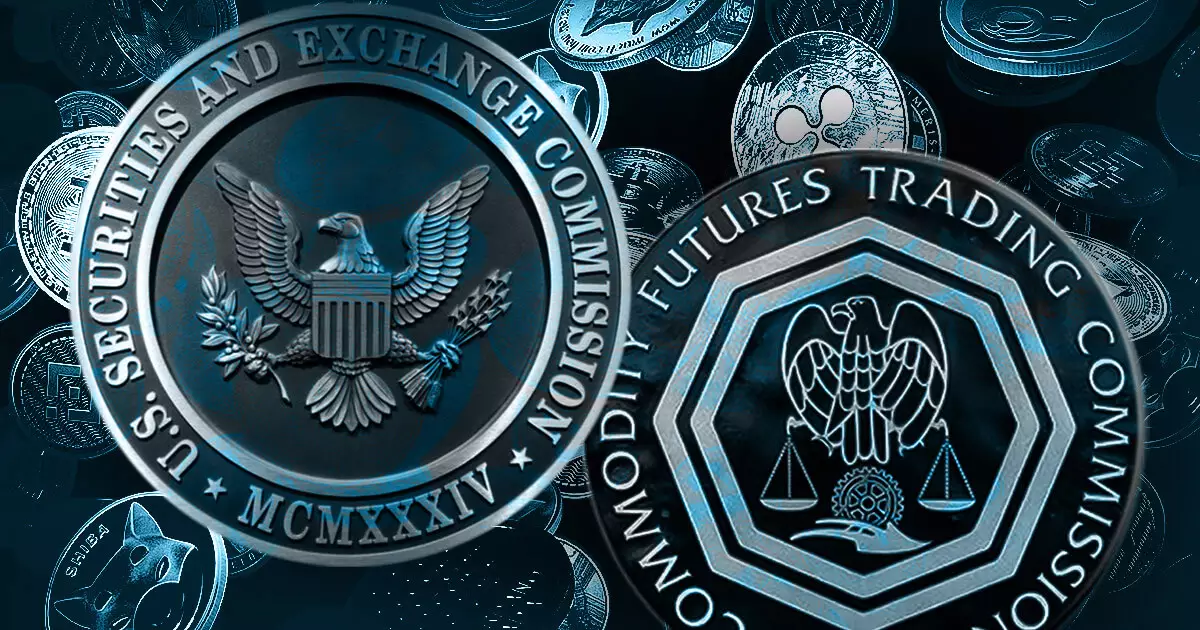In an ever-changing financial environment, the U.S. regulatory agencies responsible for securities and derivative markets, the Securities and Exchange Commission (SEC) and the Commodity Futures Trading Commission (CFTC), are considering a collaborative approach to oversee the rapidly growing digital asset sector. Recent reports, notably by Fox Business Journalist Eleanor Terret, have brought to light the possibility of reviving the dormant CFTC-SEC Joint Advisory Committee (JAC). Initially established in 2010, the JAC aimed to address overlapping regulatory concerns between the two agencies but fell silent in 2014 following personnel changes.
The proposed reinstatement of the JAC is noteworthy as it reflects a renewed interest in ensuring coherent regulatory oversight in a complex and evolving landscape. This committee could prove pivotal in delineating the responsibilities of the SEC and CFTC regarding digital assets, especially as these assets often straddle the lines of both agencies’ jurisdictions. Recent advocacy from acting CFTC Chair Caroline Pham indicates a willingness to explore effective collaboration, marking a potential shift in how regulators tackle the challenges posed by cryptocurrencies and related financial instruments.
Both regulatory bodies have recognized the necessity for a clearer framework amid growing complexities in how digital assets like cryptocurrencies operate. The SEC’s current leadership appears to be pivoting from an enforcement-focused strategy to one that favors proactive discussions with industry stakeholders. Under Commissioner Mark Uyeda, engagement with industry players signifies an approach that values understanding and collaboration over mere penalties. This allows for a more nuanced consideration of how digital assets should be regulated, indicating a maturation within the regulatory framework.
Conversely, the CFTC is implementing initiatives like a pilot program to evaluate non-cash collateral such as stablecoins within derivatives markets. Such programs highlight a focus on innovation while simultaneously ensuring that market integrity and investor protection are prioritized. The parallels in approach from both agencies suggest a concerted effort to foster a more predictable regulatory environment.
A significant voice in these discussions has been Commissioner Hester Peirce, who now leads a newly established Crypto Task Force. Peirce has consistently championed the cause for clearer, stable guidelines that would mitigate regulatory ambiguity surrounding digital assets. Creating a well-defined regulatory landscape is crucial for nurturing the sector’s growth and ensuring that innovation flourishes within safe boundaries.
As the SEC and CFTC explore avenues for collaboration, we may soon witness a comprehensive regulatory framework that is not only conducive to innovation but also safeguards investors and market participants. The emphasis on dialogue over enforcement signifies a transformative phase in the U.S. financial regulatory landscape, one where a balance can be struck between innovation and oversight. As these discussions progress, the revival of the JAC could serve as a vital cornerstone in crafting regulations that adequately reflect the complexities of digital assets, ultimately contributing to a more stable financial ecosystem.

